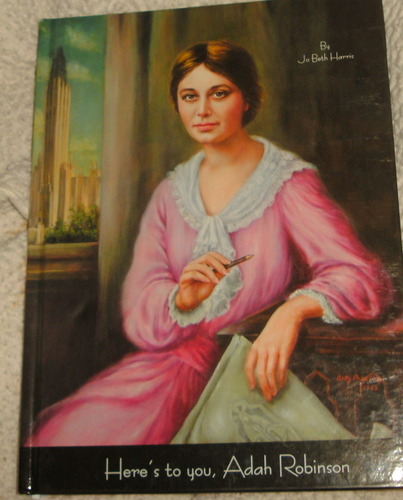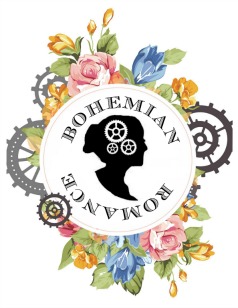So often in history, the accomplishments of women are downplayed, deemed as secondary (namely, categorized as a support role and nothing more), or completely erased. One such erasure from the history books is Adah Matilda Robinson, who designed the Boston Avenue Methodist Church here in Tulsa, a claim that famous architect Bruce Goff, who collaborated with Robinson, made.

To back-track a bit, let me tell you more about Adah. She was a "painter, printmaker, and teacher" who moved with her family to Oklahoma City from Richmond, Indiana in 1905 (just 2 years before Oklahoma declared statehood).
She moved to Tulsa in 1916 and went on to found the Art Department at the University of Tulsa in 1928. She also established an art fraternity on campus, Alpha Rho Tau and also founded the Tulsa Art Association.
Adah is also known for influencing and teaching 2 exemplary American architects, Bruce Goff and Joseph Korberling both of whom would go on to have illustrious careers.
Adah would collaborate with both Goff and Korberling on the construction and design of her home (which you can still visit at 1119 S. Owasso Ave. in Tulsa). Her home, like the Boston Ave. Methodist Church, is a wonderful example of Art Deco Architecture.

Historic Tulsa describes her home & studio as a "hollow tile and stucco Art Deco house [with] leaded glass windows, terrazzo floors, and contemporary spaces decades before its time." It has a two-story living room with an open balcony, sunken conversation pit complete with fireplace, and a small kitchen (added into the design with help from Korberling).
Today her house is for the most part true to its design, apart from the addition of a car-port and sunroom which were both added by the new owner in the 80s.
In 1926, after the construction of her house, Adah submitted a radically new design for a church to the committee overseeing the building of the Boston Ave. Methodist Church. The committee was at first apprehensive about Adah's design, but after hearing her explain the concept behind it they moved forward with her design.

Adah's design was so cutting edge that professional architects declined to bid on the work. It was then that Adah recommended her former student and friend, Bruce Goff. Goff signed onto the project in 1926. His contract stated: Adah Robinson "is in charge of all things artistic, both inside and outside the building and for carrying out the wishes of the church," for which she was paid $5,000.

Goff, for his part, created the technical drawings and blueprints for the church. The architecture firm he worked for, Rush, Endacott, and Rush, oversaw the building operations. Later, Goff and his firm would claim that Goff was the primary designer of the church. They insisted that his name be installed on the cornerstone of the church.

The Boston Ave. Methodist Church, however, sided with Adah Robinson. No cornerstone was ever installed. The church and its officials still to this day say that Adah Robinson designed their church.
In 1945, University of Tulsa's President, Birch Pontius, told Adah that he didn't believe that she designed the church (despite having a "chest of her designs" confirming that she had)! She resigned from TU (a black mark on my alma mater if you ask me!) and went on to teach art at Trinity University in San Antonio, Texas.

Many remember Adah as a teacher and artist. She inspired many. May she also be remembered as she rightfully should, as the primary designer of the greatest example of ecclesiastical Art Deco Architecture in America.

Sources & Additional Reading on Adah:
- Jo Beth Harris's biography, Here's to You, Adah Robinson
- For a brief history of Adah
- For more on Adah's Art Deco Home
- For more on Adah, read Tulsa World's article "Designing Woman"
- Or if you feel you'd like to investigate further, visit McFarlin Library's Special Collections to see a copy of a committee contract. Here's the call no. information so you can plan your visit.
